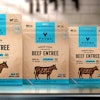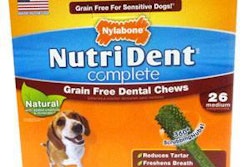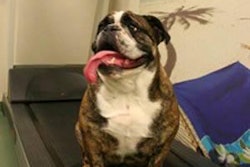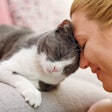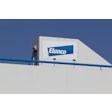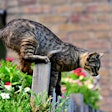This study aimed to identify factors contributing to the variation in urinary oxalate (Uox) excretion rate, Uox concentration and urine volume in healthy adult cats.
A data set containing information on Uox excretion rate of 65 cats fed 252 diets with known dietary oxalate concentrations collected over a six-year period at a feline nutrition facility were analyzed. Data related to season, animal and diet characteristics were subjected to stepwise multivariate regression analysis to identify factors significantly correlated to Uox excretion rate and concentration, as well as urine volume. Independent factors significantly associated with lower Uox concentration included greater ash, Ca and Na intake and lower nitrogen-free extract, total dietary fiber, P and oxalate intake, and a body weight < 5 kg. Factors significantly associated with lower Uox excretion rate included greater crude fat and Ca intake and lower CP, total dietary fiber, P and oxalate intake.
Apparent intestinal oxalate absorption was estimated to be 6.2% on average, however much variation was present. Future research on Uox excretion rate in cats should focus on the influence of dietary protein sources, amino acid composition, vitamin C and variations in apparent intestinal oxalate absorption.
Source: J.C. Dijcker et al., 2014. Factors contributing to the variation in feline urinary oxalate excretion rate. J Anim Sci online, February 2014. doi: 10.2527/jas.2012-5672.
